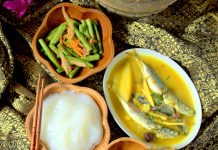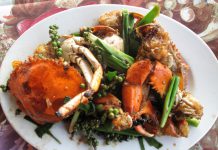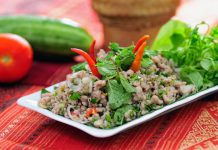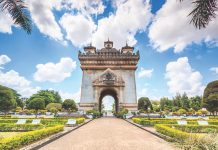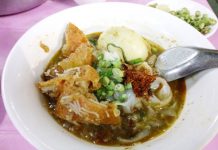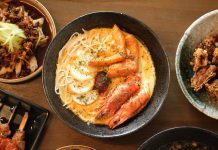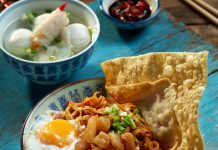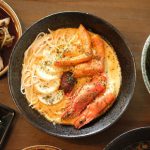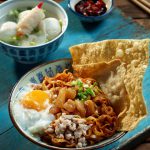For locals and tourists alike, Singapore is the ultimate food paradise. There are countless dishes that Singaporeans are proud to call their own, with many originating from diverse cultures that make up the country’s vibrant society. The blending of different cultures and regional cuisines has paved the way for Singapore’s modern gastronomic landscape, where its rich and diverse culture is most apparent.
We all have our favourite Singapore dishes but how many of us know about their origins? We take a closer look at six iconic Singapore dishes and see how they have evolved to accommodate local preferences and tweaked to perfection.
1. Hainanese Chicken Rice
Listed as one of the best 50 foods worldwide by CNN in 2011 and recommended by internationally renowned personalities such as Gordon Ramsay and Anthony Bourdain, Hainanese Chicken Rice has stepped into the limelight of the international stage.
But did you know that the recipe for Singapore’s Hainanese Chicken Rice was adapated from a chicken rice dish from Hainan Island, off the southern coast of China? While the cooking method hails back to its Hainanese roots, uniquely Singaporean twists were added to Hainan Island’s Wenchang chicken dish that was brought over to Singapore by the early Chinese immigrants.
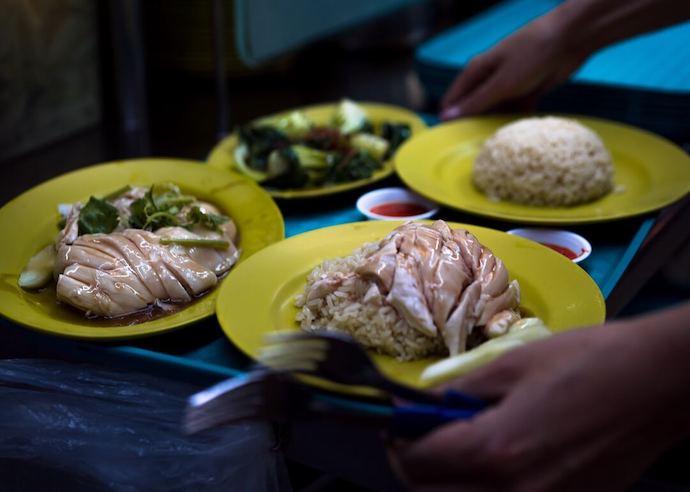
The early immigrants learnt from the Cantonese in Singapore to plunge freshly boiled chicken into iced water to yield tender meat with smooth skin. They also replaced the smaller, bonier and more muscular traditional Wenchang chicken with soft, white-cut tender chickens. These techniques have since been adopted and perfected by local hawkers over the decades. Your Hainanese Chicken Rice experience isn’t complete without a drizzle of dark soy sauce, ginger sauce and chilli sauce.
2. Yong Tau Foo
A traditional Hakka dish, Yong Tau Foo literally means “stuffed tofu” in Hakka dialect. The dish was brought to the region by the early Hakkas from northern China. Dumplings are indispensable to the Hakkas especially during major festivals like Chinese New Year because they are believed to bring good fortune. But when wheat was not commonly found in Southeast Asia, the Hakkas creatively replaced the dumpling skin with tofu and stuffed fish paste or minced meat into the tofu to create Yong Tau Foo.
Today, modern offerings of Yong Tau Foo go beyond the original stuffed tofu. Fish and/or meat paste is also stuffed in vegetables like brinjal, bittergourd, lady’s finger, chilli and bell pepper. Accompanying the stuffed items are a selection of vegetables, fish balls, mushroom and more.
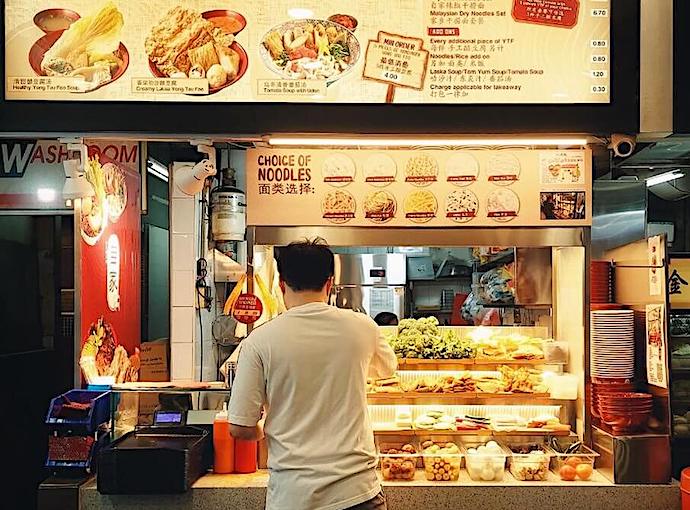
The items can be enjoyed in a clear soup (some stalls even offer laksa gravy) or a dry version that’s drenched in sweet chilli sauce, and eaten with rice, vermicelli, egg noodles or on its own, topped with some sesame seeds.
3. Kaya Toast & Nanyang Coffee
A piping hot cup of Nanyang Coffee, a plate of crispy Kaya Toast and soft-boiled eggs is the classic breakfast combo that has won the hearts of many Singaporeans and visitors. The tantalising aroma of the fragrant coffee together with the sweet, creamy pandan coconut jam on toast are a perfect match made in culinary heaven. But have you ever wondered how this iconic “breakfast set” came about?
In the 19th century, Hainanese immigrants who worked as cooks in wealthy Peranakan households adapted the British breakfast of toast by replacing the fruit jam with kaya (made from local ingredients like coconut milk, sugar and pandan leaves). The Hainanese chefs also roasted the cheaper and lower-grade coffee beans with corn, margarine and sugar to conceal the bitter taste of the beans, creating flavourful and robust cups of Nanyang Coffee.
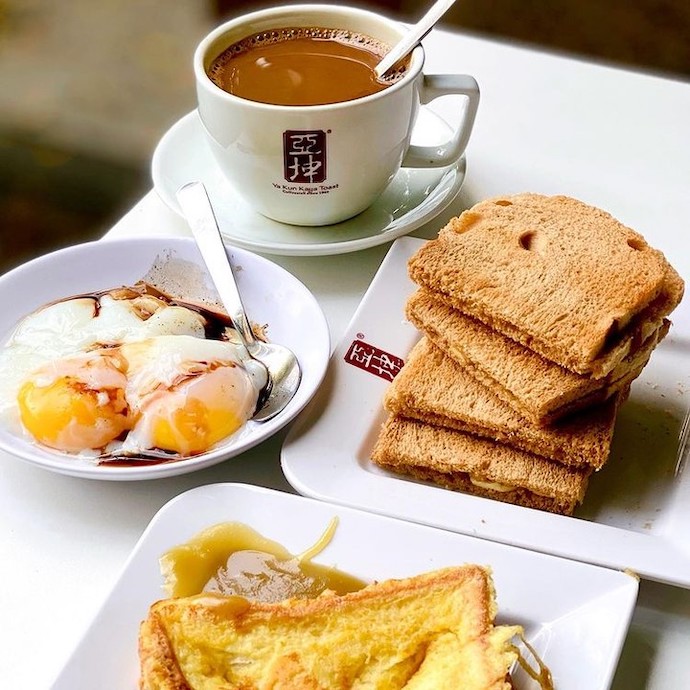
Today, Kaya Toast and Nanyang Coffee are synonymous with Singapore’s hawker culture and are widely available in almost all coffee shops and hawker centres. While the options for Kaya Toast have expanded from the classic charcoal-grilled to the modern steamed and French versions, nothing beats the traditional toast with cold butter and kaya dipped into a sweet and savoury mixture of soft-boiled eggs, dark soya sauce and white pepper – a harmonious explosion of tastes!
Fun fact: Did you know that there are two types of kaya in Singapore? The traditional Peranakan Nyonya Kaya has a distinctive green shade from pandan leaves while the Hainanese Kaya gets its signature brown tint from caramelised brown sugar.
4. Laksa
Bursting with bold flavours and cultural influences from the Chinese, Malay and Peranakan communities, Laksa is more than just a soupy dish. It captures the essence of Singapore’s cultural heritage which is made up of many communities.
Laksa was said to be first made in Peranakan Chinese kitchens, which are known for churning out a unique fusion of Chinese and Malay flavours. The Peranakans created a creamy and spicy noodle soup with coconut milk, fishcakes and prawns, served with thick rice noodles or thin vermicelli, which became the base of the dish. Thereafter, other ingredients like tau pok (tofu puffs) and cockles were added, along with regional spices like lemongrass, chilli and belacan (fermented shrimp paste), giving Laksa its signature sweet and tangy taste.
When it comes to the origins of Laksa, there are many theories out there. Some believe that it was the result of Chinese immigrants infusing their culinary techniques with local ingredients from the Straits Settlements (modern Singapore and Malaysia) to serve up nyonya (Peranakan Chinese) cuisine, including Laksa. Others claim that Laksa came through trade in major port cities like Singapore, Malacca and Penang, where intercultural marriages led directly to the creation of unique hybrid dishes.
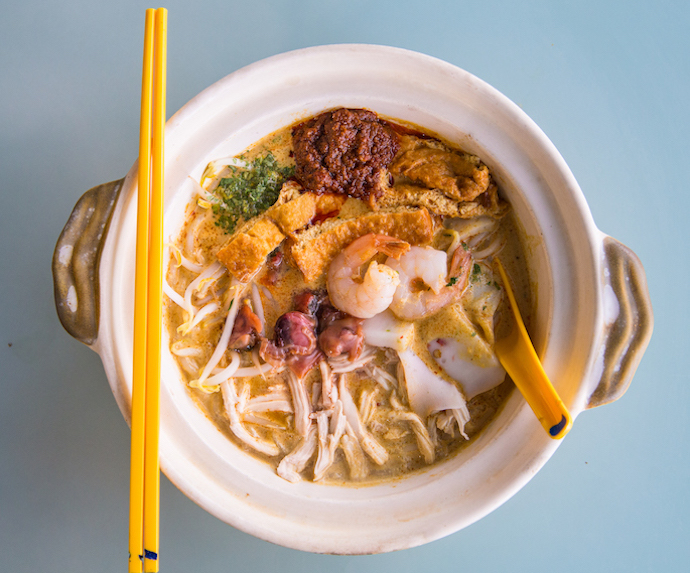
Regardless of its origins, this mouth-watering dish has become a beloved dish among many Singaporeans and tourists alike, thanks to its rich and creamy flavours, perfect combination of ingredients and a slice of Singapore’s rich history. Be sure to eat Laksa with some sambal chilli which adds a nice spicy kick to the dish.
Fun fact: Did you know that even the history behind the name “Laksa” is a complex matter? Some believe that its name originated from the Hindi word “lakshah” (hundred thousand), while others say that it came from the original Persian word “lakhsha” (noodles).
5. Chilli Crab
A trip to Singapore isn’t complete without sinking your teeth into Chilli Crab. Alongside Hainanese Chicken Rice, Chilli Crab was also featured in the World’s Top 50 most delicious food by CNN in 2011. From its humble origins as a simple hawker dish to its current world-class status, Chilli Crab has undergone some remarkable transformation over the years.
The dish is said to be invented in the mid-1950s by the late Madam Cher Yam Tien. An unlicensed hawker, she incorporated chilli sauce into her stir-fried crabs to give it a spicier kick, and balanced the taste with some sweetness by adding tomato sauce.
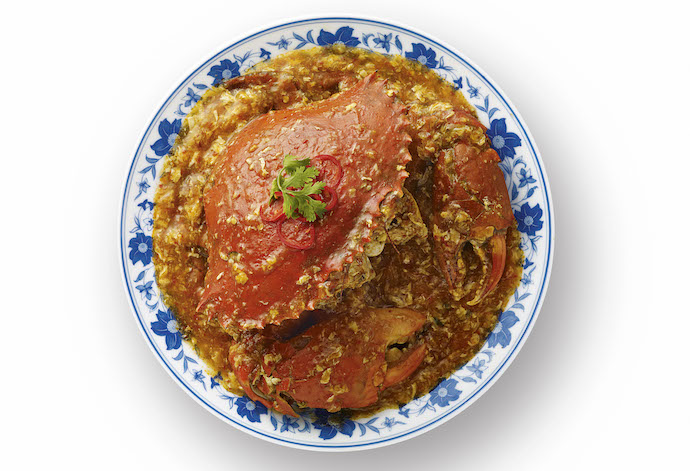
The dish was also credited to famous local chef and restaurateur Hooi Kok Wai who added eggs, lemon juice, tomato paste and sambal (a mix of chilli peppers and prawn paste) to Madam Cher’s recipe, creating the Chilli Crab dish of today – succulent crab meat doused in a sweet, tangy and spicy gravy laced with eggs.
Chilli Crab is usually served with deep-fried mantou (Chinese buns with a crispy exterior and pillowy interior) to soak up the mouth-watering gravy. The dish is available at almost every seafood restaurant in Singapore.
6. Curry Puff
These golden-brown pockets stuffed with curry fillings are a quintessential part of Singaporean food culture, and just like the country’s diverse cultural heritage, Curry Puff also has its roots in the region’s fascinating multi-cultural heritage.
Said to be introduced by the British during its colonial rule, Curry Puffs are inspired by the British Cornish pasty and modified to suit local taste buds. Others believe that the pastry is a combination of a flaky exterior adapted from the Portuguese empanada and spicy filling, which took reference from the Indian samosa that comes in the shape of a triangle or rectangle. The Chinese Curry Puff can also be traced to the Malay’s epok-epok, filled with sardines or spicy curried potatoes.
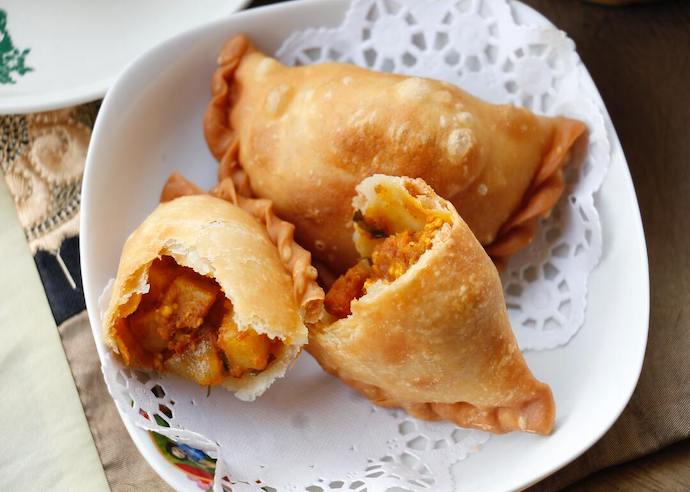
The Chinese were said to have added their take to the snack by adding chicken meat and hard-boiled egg to the filling.
The many variations of Curry Puff reflect the country’s multi-cultural heritage as different ethnic groups living in close proximity to one another, facilitated cultural interactions in Singapore.
*This article has been edited and adapted from Now Boarding by Changi Airport’s “Fusion of Flavours: Fascinating stories behind some of Singapore’s most popular dishes”

